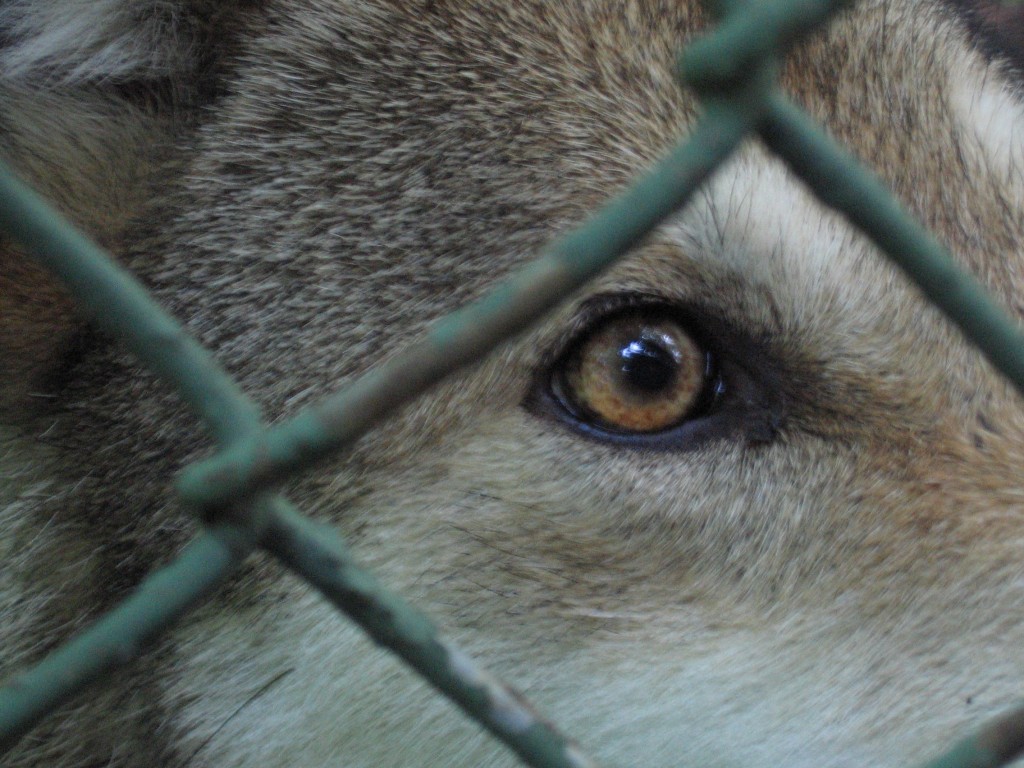
Adaptation to Captivity
Adaptation to captivity, measured in both genetic and behavioral terms, is related to the number of generations in captivity. The mechanism for genetic and behavioral adaptation is the same: selection for survival and reproduction in an artificial environment. As a population produces new young in captivity, the pairs that are better suited to reproducing in captivity do so better than the pairs that are not as well suited to the captive environment. Although selecting these better-suited individuals can be useful for short-term demographic gains in captive programs, traits that are useful for captive reproduction may be maladapted for reproduction in the wild. For example, lions that are easy to breed in captivity are probably those that are the least aggressive because they are the easiest to handle. However, docile lions and lionesses are unlikely to do well in wild situations where aggressive traits are required to hunt and determine and individuals place in the tribe hierarchy. Thus, minimizing selection by minimizing the number of generations in captivity is important to the long-term outcome of captive breeding programs, particularly if reintroduction is desired.
Image Credit: Amber MacPherson, Red Wolf, CC Attribution-NonCommercial-NoDerivs 2.0 Generic
